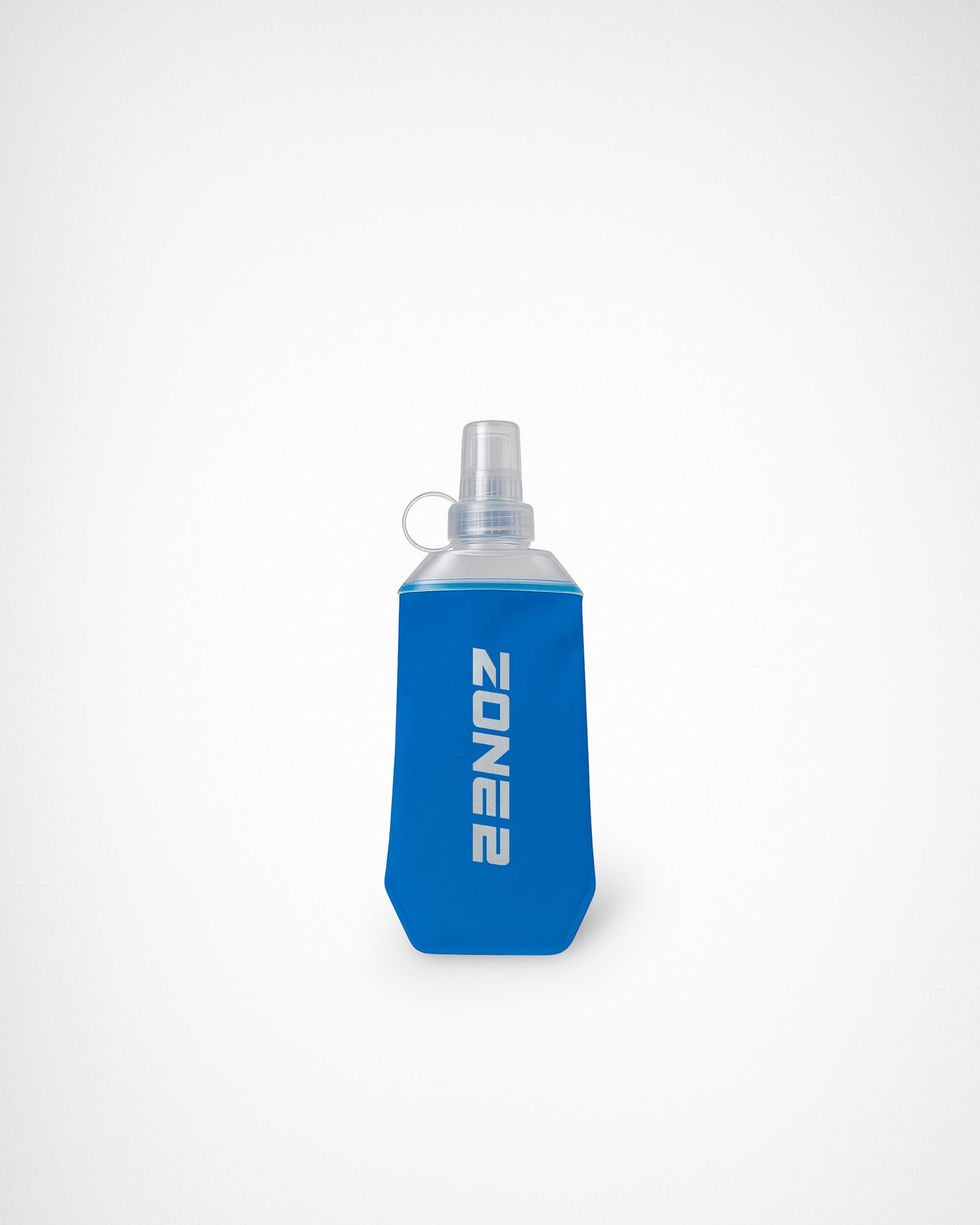What will you learn in this blog?
- How to safely and responsibly return to running after an injury.
- What steps you can take to prevent recurrence.
- 4 practical tips for sustainable recovery.
- The importance of the right running gear during your rehabilitation.
Recovering after an injury
Injuries are common among runners, but with the right approach, you can safely return to your favorite sport. The key is to be patient and give your body enough time to recover. Here are some basic principles:
- Listen to your body: Do you still feel pain or discomfort? Then wait before running and focus on recovery first. Don’t force anything.
- Start slowly: Begin with short walks and gradually progress to jogging.
- Work on strength and stability: A strong core and stable muscles around your joints reduce the risk of new injuries.
- Consult a professional: See a physiotherapist or sports doctor to create a personalized recovery plan.
Preventing injuries: the key to success
Runners can do a lot to prevent injuries in the future. Some important points to consider are:
- Warm-up and cool-down: Prepare your muscles with a dynamic warm-up and finish with a cool-down to reduce muscle soreness.
- Gradual progression: Increase your training intensity or distance by no more than 10% per week.
- Training variety: Include strength training, cycling, or swimming to avoid overloading specific muscles.
- Proper running technique: An efficient running technique can reduce the strain on your body.
Use the right running gear
To prevent injuries and train comfortably, it is important to use the right gear. Consider:
- Running shoes: Choose shoes that match your running style and injury history. Get advice from a specialist.
- Running vest: Perfect for carrying water and other essentials without disturbing your balance.
- Compression clothing: This can promote circulation and reduce muscle fatigue.
- Heart rate monitor: Track your effort level to prevent overexertion.
Practical tips for sustainable recovery
- Follow a rehabilitation plan: Work with a physiotherapist to address your weak points effectively.
- Include alternative training: Swimming or cycling puts less strain on your body while helping maintain fitness.
- Be consistent: Regular, light exercise is better than occasional intense training.
- Set realistic goals: Focus on small steps of progress rather than immediately trying to match past performance.
Conclusion
Returning to running after an injury requires patience, discipline, and the right approach. By respecting your body, taking preventive measures, and investing in good equipment, you can not only recover but come back even stronger.
With the right mindset and support, you’ll be stronger than ever at the starting line.
Curious about the best accessories? Check out our collection at Zone2Sportswear.com!
Are you following us on Instagram yet?











